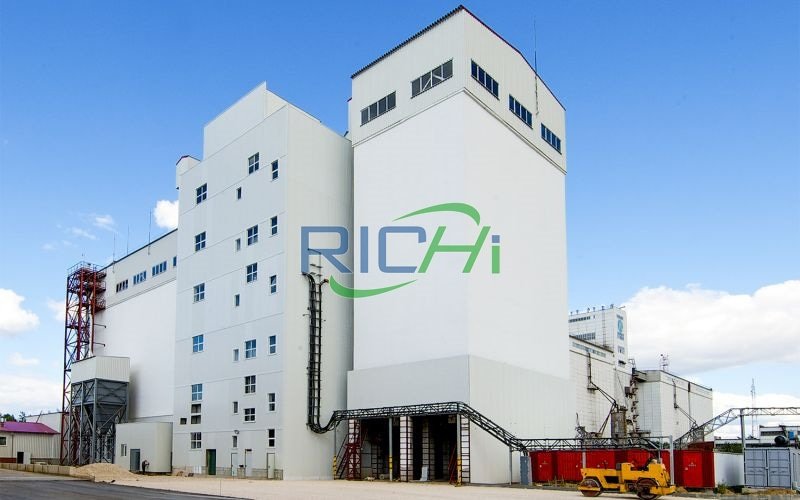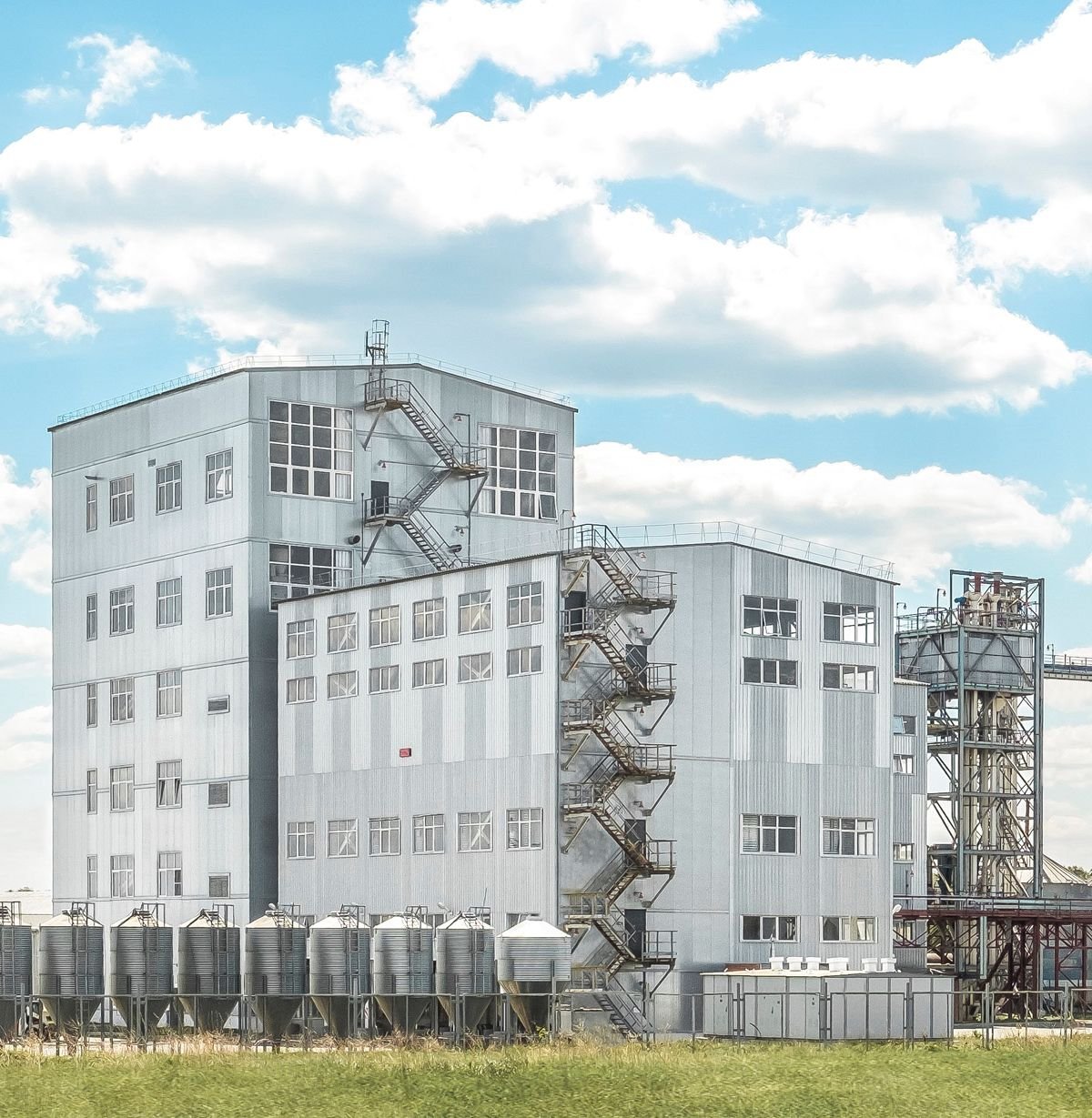In the ever-evolving poultry industry, providing high-quality and nutritionally balanced feed is crucial for maintaining the health, growth, and productivity of poultry. Proper nutrition is essential to meet the global demand for meat, eggs, and other poultry products. Specialized poultry feed mill equipment has emerged as a comprehensive solution for efficient and sustainable poultry feed production.
The Importance of Poultry Nutrition
Poultry nutrition is a complex and essential discipline, addressing the unique nutritional needs of different avian species. Providing a balanced diet ensures poultry health, optimal growth, and high productivity in egg and meat production. The significance of poultry nutrition includes:
- Enhanced Meat and Egg Production: Adequate nutrition leads to better growth rates, carcass quality, and egg production, directly affecting the yield and quality of poultry products.
- Improved Animal Health and Welfare: A well-balanced diet supports a strong immune system, reduces metabolic disorders, and promotes overall bird well-being, enhancing the sustainability of poultry operations.
- Better Reproductive Performance: Proper nutrition is vital for breeding success, ensuring good egg production, hatchability, and chick development.
- Environmental Sustainability: Efficient nutrition reduces the environmental impact of poultry production by optimizing feed conversion rates and minimizing waste.
- Economic Viability: Balanced feed formulations improve feed efficiency, reduce production costs, and increase the profitability of poultry operations.
The Role of Poultry Feed Mill Equipment
Poultry feed mill equipment is essential for producing high-quality, nutritionally balanced feed tailored to the specific needs of various poultry species. The benefits include:
- Consistent Product Quality: Advanced technologies and quality control measures ensure feed with consistent nutrient profiles, promoting optimal poultry health and performance.
- Customized Formulations: Equipment can produce feed tailored to different poultry species, life stages, and production systems, optimizing growth and productivity.
- Efficient Production: Modern equipment maximizes output and minimizes waste through automation and process optimization.
- Sustainability: Incorporating sustainable practices, such as alternative protein sources and energy-efficient technologies, promotes environmental responsibility.
- Economic Opportunities: Investment in feed mill equipment creates jobs, stimulates local economies, and supports the growth of the poultry sector.
Related post: chicken feed making machine price
Key Components of Poultry Feed Mill Equipment
A successful poultry feed mill operation integrates various components for efficient and sustainable production:
- Raw Material Handling and Storage: Facilities for storing and handling raw materials like grains, oilseeds, protein sources, vitamins, and minerals.
- Grinding and Mixing: Equipment for achieving desired particle size and homogeneous ingredient distribution.
- Pelleting and Extrusion: Systems for producing durable feed pellets or extruded products.
- Drying and Cooling: Systems to remove excess moisture, ensuring feed stability and shelf life.
- Quality Control and Testing: Measures to ensure the final product meets nutritional and safety standards.
- Packaging and Storage: Facilities to maintain feed quality during transportation and distribution.
- Automation and Process Control: Systems to ensure consistent quality, maximize efficiency, and minimize downtime.
- Auxiliary Systems: Additional equipment like material handling, dust collection, and process control systems for efficient operations.
Factors Influencing Success of Poultry Feed Mill Equipment
Several critical factors influence the success of poultry feed mill operations:
- Raw Material Sourcing and Supply Chain Management: Reliable and cost-effective raw material supply is crucial for consistent production.
- Formulation Expertise: Skilled avian nutritionists and feed formulators develop optimized feed formulations.
- Technology and Automation: Advanced technologies and automation enhance production efficiency, reduce labor costs, and improve quality.
- Energy Efficiency and Sustainability: Energy-efficient technologies and sustainable practices reduce operational costs and environmental impact.
- Regulatory Compliance: Adhering to feed safety, quality, and environmental regulations ensures long-term viability.
- Skilled Workforce and Training: A well-trained workforce ensures efficient operation and maintenance of the feed mill.
- Continuous Improvement: Regular equipment upgrades, process refinements, and new technologies drive long-term efficiency and competitiveness.
Opportunities and Future Outlook
The global demand for poultry products is rising, creating growth opportunities for poultry feed mill equipment. The future outlook includes:
- Increasing Poultry Production: Rising global population and demand for sustainable animal-based proteins drive poultry operations’ expansion.
- Technological Advancements: Ongoing research and development enhance avian nutrition, ingredient optimization, and production processes.
- Sustainable Practices: Adoption of alternative protein sources, waste reduction strategies, and renewable energy will grow in importance.
- Precision Poultry Farming: Techniques like individualized feeding and real-time monitoring will require specialized feed formulations.
- International Collaboration and Investment: Global collaboration and investment will drive new equipment development, fostering economic growth and technological advancements.
Conclusion
Poultry feed equipment is essential for the growth and sustainability of the poultry industry. Investing in specialized systems helps meet the rising global demand for poultry products while promoting sustainable practices and economic development. As the importance of efficient and responsible poultry production grows, poultry feed mill equipment will continue to drive innovation and prosperity in this vital industry.










